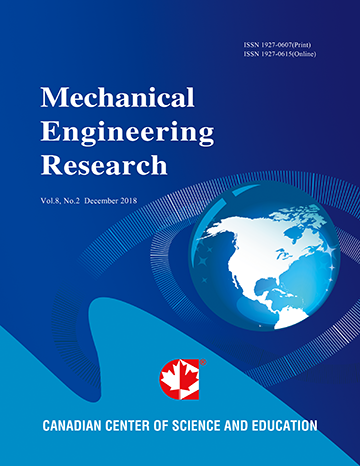Towards a Cybernetic Model of Human Movement
- Hooshang Hemami
- Eric Tarr
- Boren Li
- Ashok Krishnamurthy
- Bradley Clymer
- Behzad Dariush
Abstract
An elementary computational framework, as a first step to an eventual comprehensive model of human movement, is presented. Such a model in conjunction with anatomical, physiological and experimental studies should provide a means of verifying theoretical, experimental, and heuristic models of human movement. For this purpose, a three-dimensional three link humanoid model and a two-link planar arm model are presented to explore responses to simple external forces. Such models are useful for a variety of current applications in art, science, engineering, sports, and medicine. The models are subjected to kinesthetic, auditory, and visual inputs. Creating desired behavior is the goal. The models are flexible, modular, and expandable for inclusion of more segments, muscles, and sensory and central nervous system (CNS) processing. Three computer simulations are presented: rhythmic maneuvers of the three link model, in response to periodic motion of a platform, the planar arm producing visually observed alphabet-like characters in response to visual inputs, and processing of music to provide rhythms for a three-link dance.
 PDF
PDF
